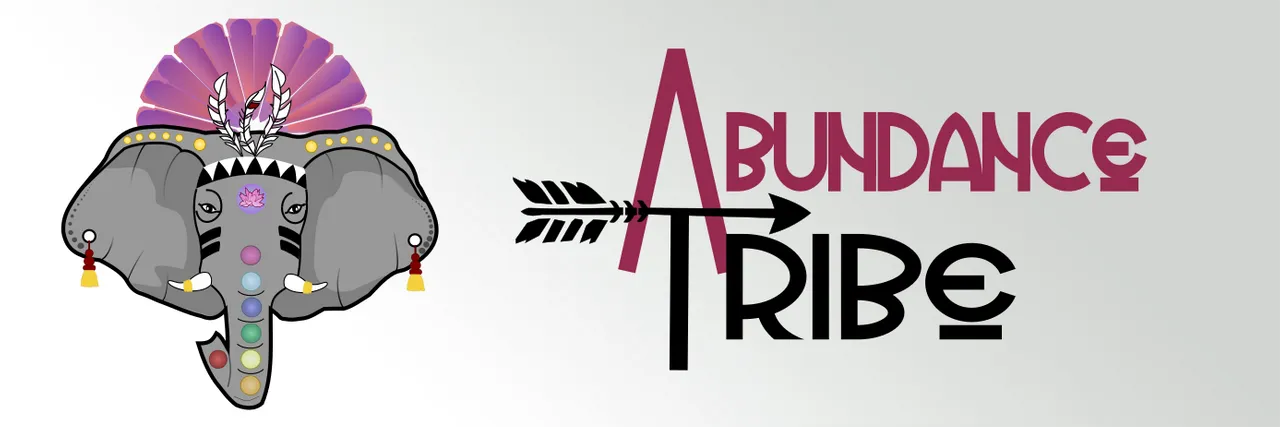English landscapes are full of odd landscape words - barrows and sleights, tors and fords. The most fascinating are the man made bits of the landscape that at first glance, you believe to be natural. Yet there are mounds and hills and trenches that mark a time long gone. The long barrow at Stoney Littleton rises from the landscape as a small hill, around 100 feet long. It is only when you draw close to it that you see what's really unusual about this rise in the field.

We had walked for hours to get here. We could have easily parked at Wellow or Stoney Littleton for a short walk to this English Heritage site, but we chose a circuitous walk, taking in the gorgeous beauty of the Somerset countryside, full of life - buzzards and squirrels, foxes and hares, blackbirds and wrens. We passed through railway bridges and wheatfields and cow studded fields, brushing hands up against cowparsley and avoiding stinging nettles. By the time we reached Stoney Littleton long barrow, I could hardly walk. But it was worth it.
 | 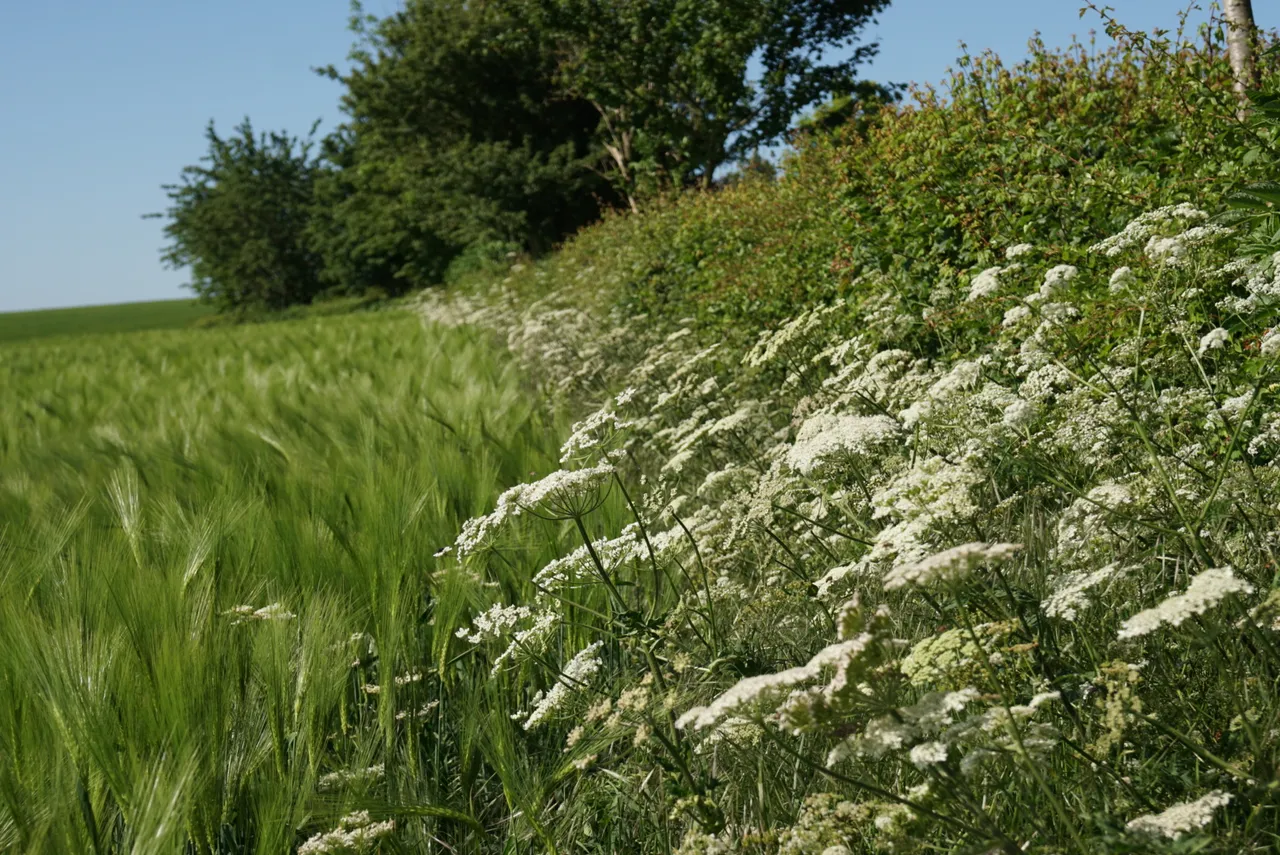 |  |
|---|

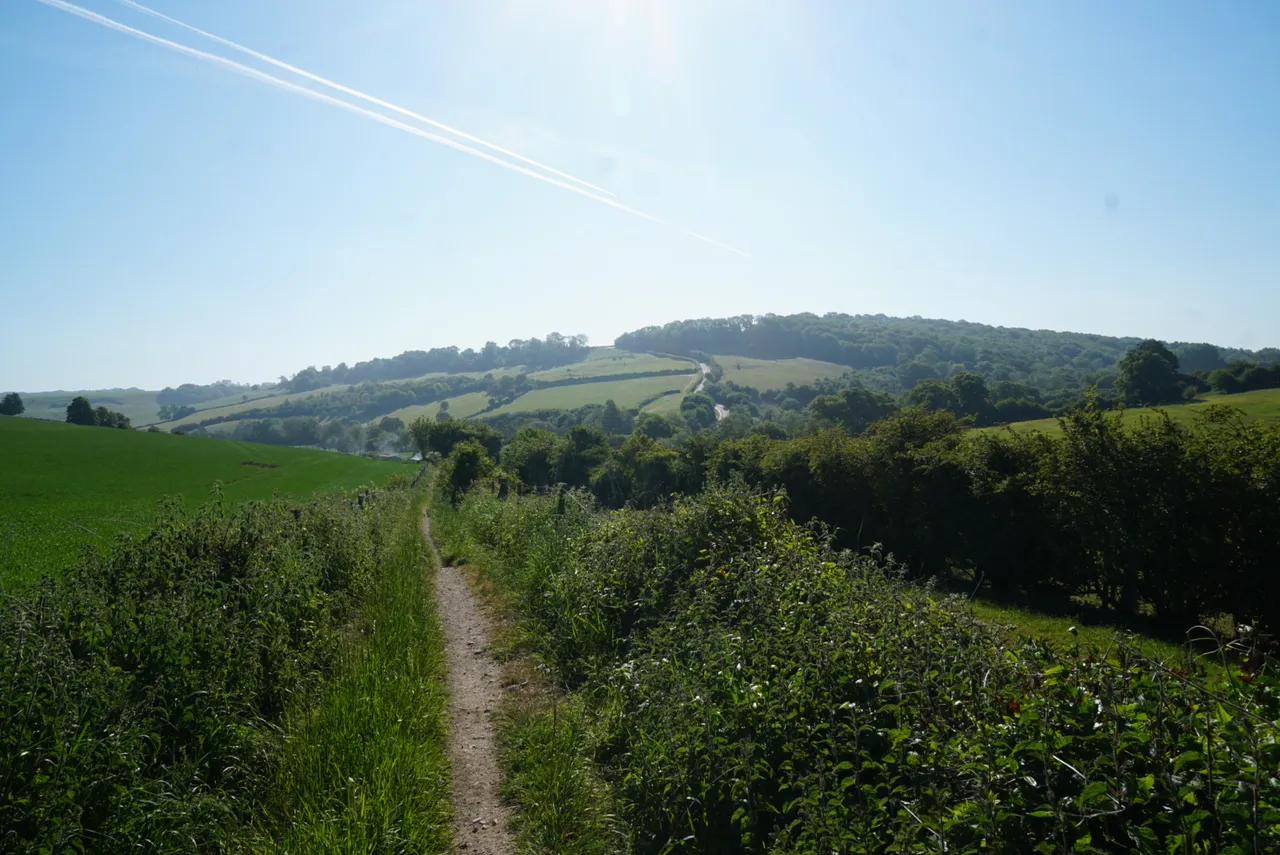
They think this ancient burial mound is dated to around 3500 BC. It's easy to imagine people living and farming in the area since then - it's still farming area, and sheep scuttle and bleat as we walk up the hill. We wait patiently at a safe distance for others to emerge out of the barrow, and then we have our turn to admire this ancient tomb. I think about the men who were buried here - surely the much revered and powerful, to deserve such a monument. Even the entrance is impressive, with a huge stone with an ammonite on it. It's hard to believe that very stone has been there since neolithic times.
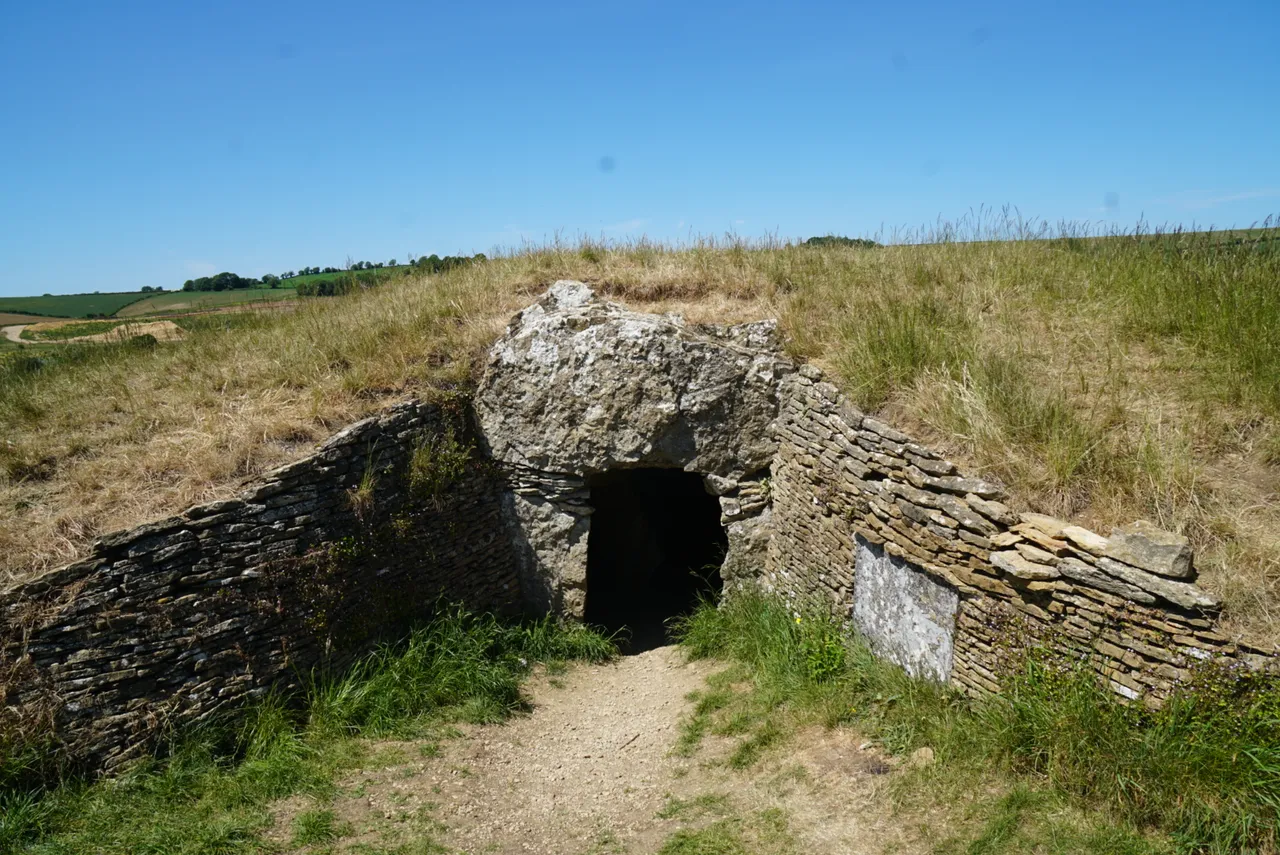

Inside the chamber is very cool and very quiet. There are ammonites in the further reaches (old fossils pressed into the rock) and antechambers - about six of them. Later I read that they were more likely shrines, where ancestors helped the living connect to their gods. There is evidence that they were used long after they were no longer used as burial mounds.

Stony Littleton itself has no remaining relics or bones - all has been plundered, although the remains of skelotons were found here in the 1700's when a farmer uncovered the entrance way and 'discovered' the tomb. If you go, you'll need a torch, though we made do with a phone battery. You can see Ruby, my mother in law's gorgeous terrier, wondering what on earth Jamie is doing.
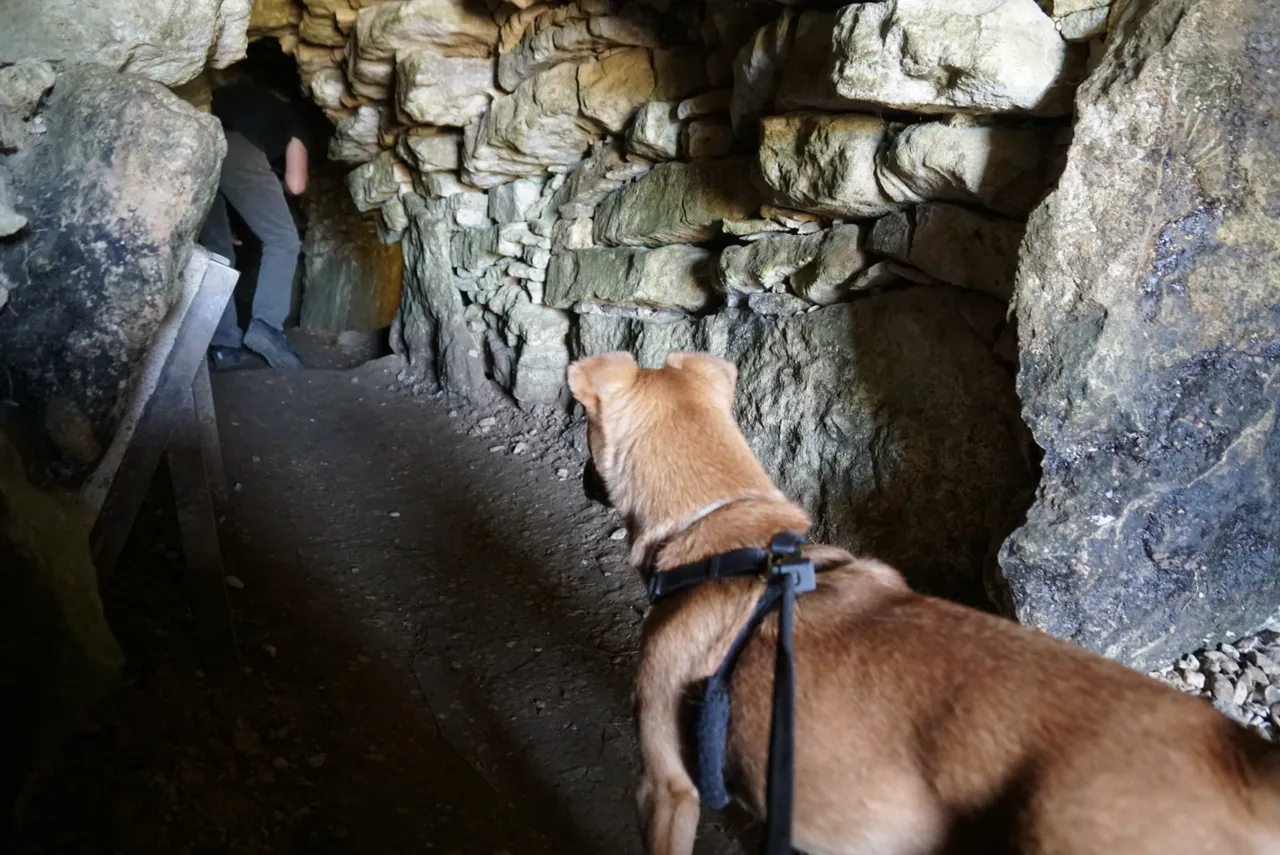
The entranceway is said to be aligned towards the midwinter sunrise and I can imagine being here on a frosty morning. I think of ancestors far back into the reaches of time, but also of my Great, great, great grandparents I never met. Many lived in the area, and my great great grandparents lived in Wellow too, or close to it. I wonder if they'd visited the long barrow?
It was definitely worth a visit, and if you can get a orndance survey map of the area, approach from the long route as we did. It's lovely to get a real sense of the land and the hills and valleys the people of old once walked.
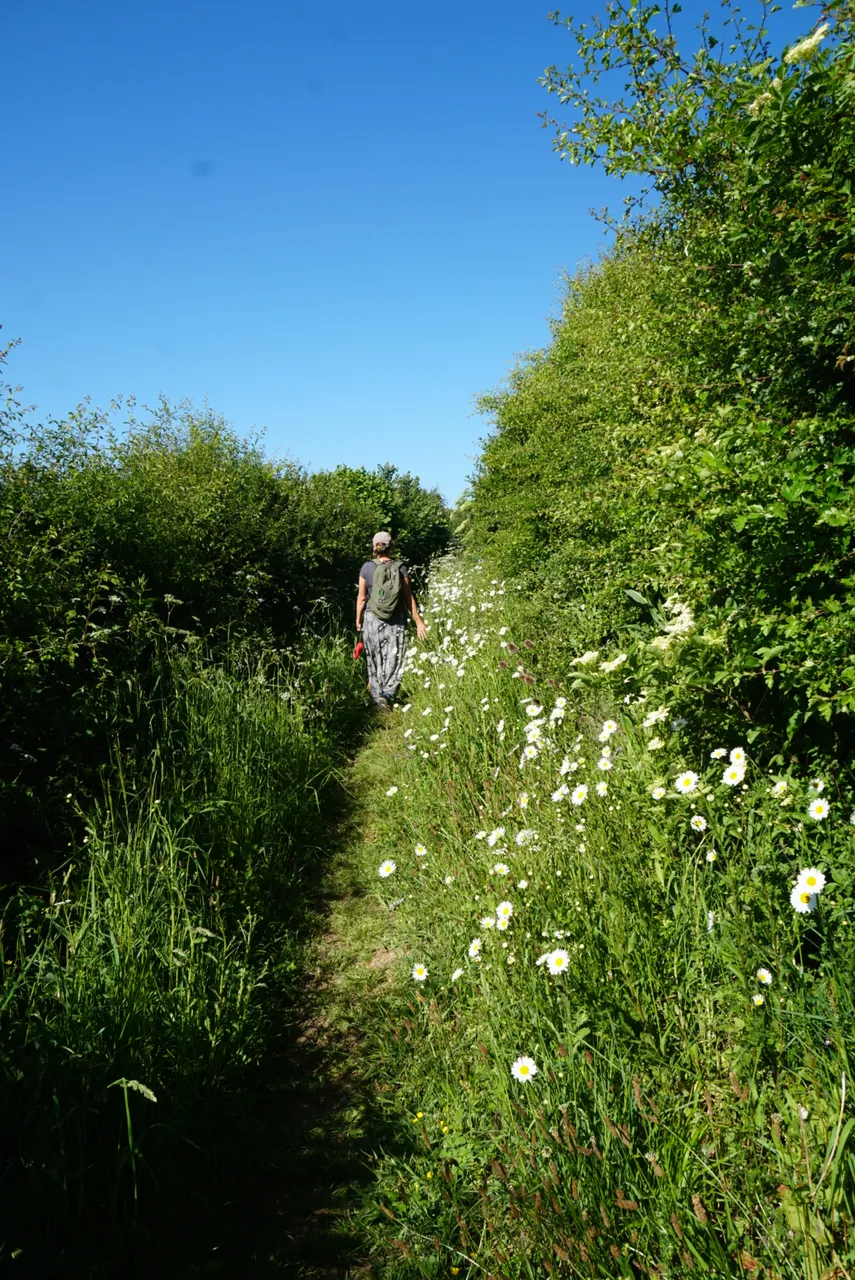
I returned home with my calves burning and very sunburnt. I think I will remember the cool of that burial chamber for a long time to come. How remarkable it is that I had opportunity to visit it.
With Love,


Join The Best Natural Health Community on Hive

PeakD - The Best Way to Experience The Hive Blockchain

MINDFUL LIFE is a Natural Medicine project which supports meditators on HIVE
Discord II Community

